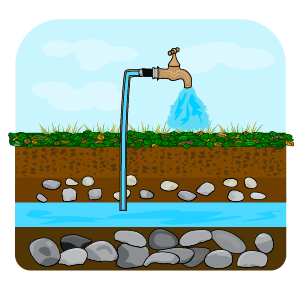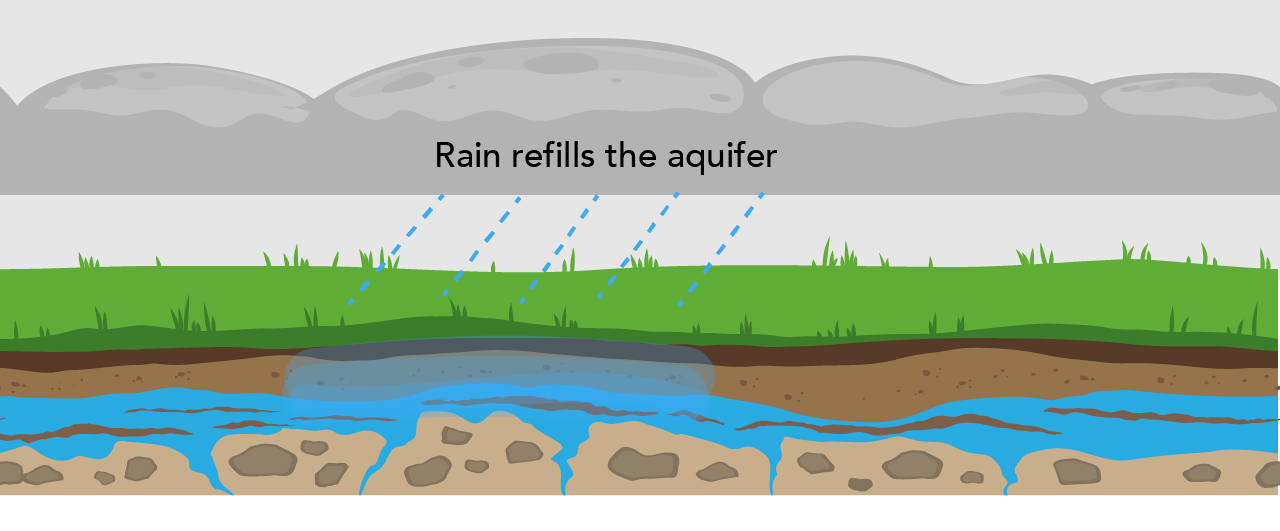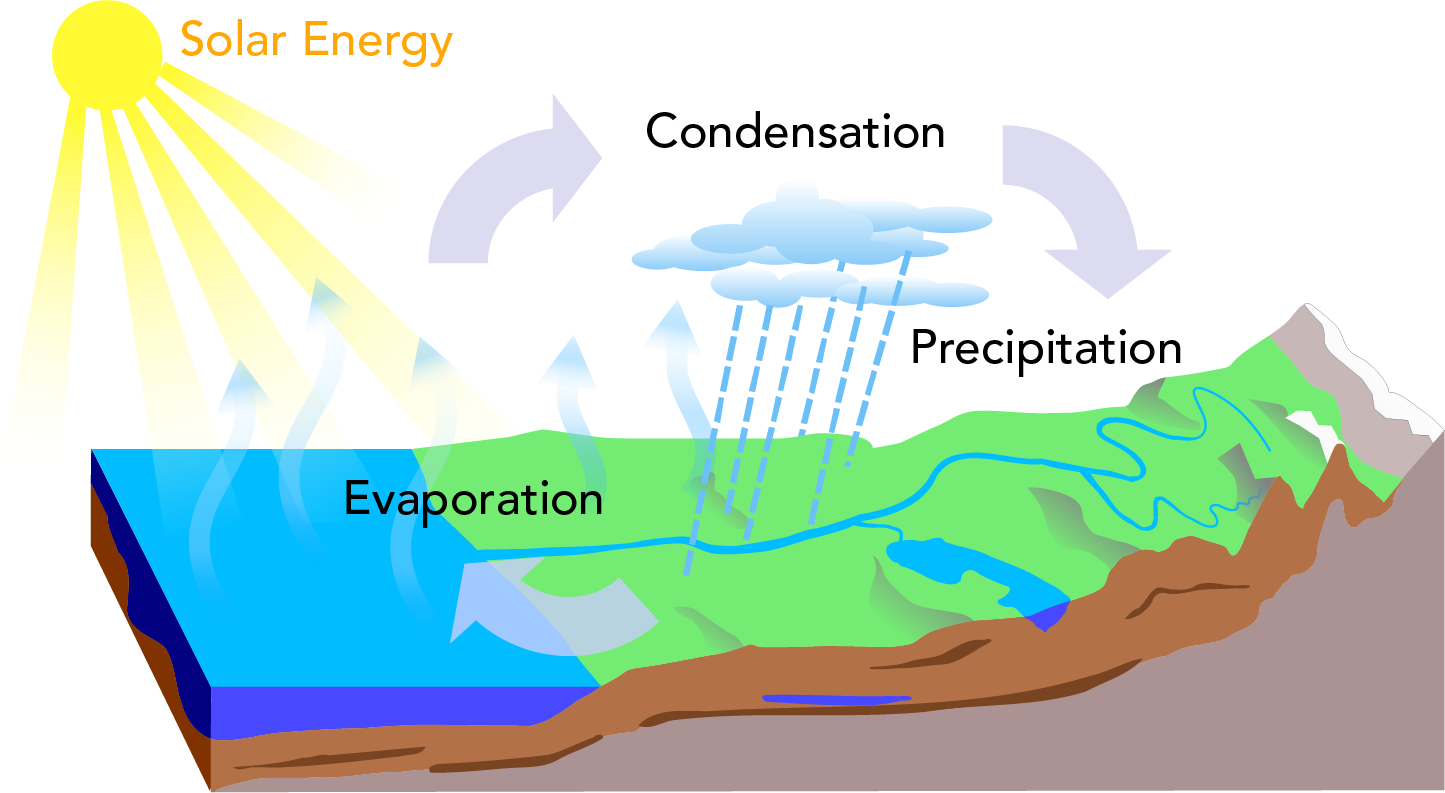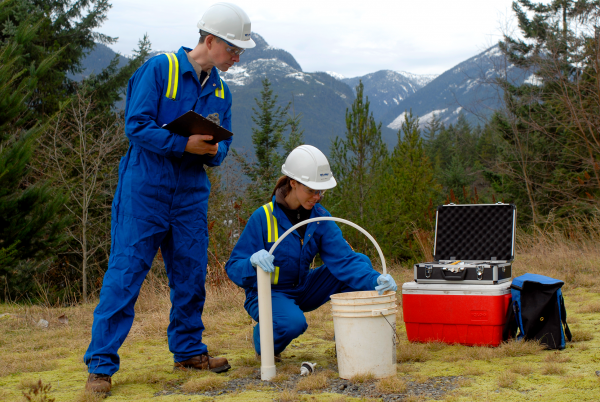Groundwater Sustainability: Protecting our Hidden Treasure

Aquifer with tap (KajiNi, iStockphoto)

Aquifer with tap (KajiNi, iStockphoto)
8
How does this align with my curriculum?
ON
11
Environmental Science, Grade 11, University/College (SVN3M)
Strand E: Reducing and Managing Waste
NU
2
K-6 Science and Technology Curriculum (NWT, 2004)
Earth and Space Systems: Air and Water in the Environment
ON
2
Science and Technology, Grades 2 (2022)
Strand E. Earth and Space Systems; Air and Water in the Environment
NT
2
K-6 Science and Technology Curriculum (NWT, 2004)
Earth and Space Systems: Air and Water in the Environment
AB
8
Career and Technology Foundations (CTF) (revised 2019)
CTF is working independently and with others while exploring careers and technology.




